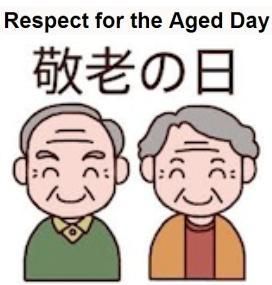In the past decades, Africa has had an increasing audience ranging from little kids to young adult whose interest in anime has grown. Nowadays, every second kid show shown on TV is a Japanese anime. For, that I decided to share this rising culture as a topic for my blog.
People started noticing that they are picking up some Japanese by repeatedly hearing phrases and seeing their subtitles displayed. Suddenly, middle schoolers started adopting these anime phrases and words in day-to-day conversation. Words like “バーカ”, “めんどくさい”, “愛している became embedded into this new language culture. They became more than just words, they became concepts that were easier and somewhat more powerful to use.
さいきん日本のアニメのようにアフリカもアニメを作り始めました。色々なれきしとでんせつ
のストーリーができました。子供の時のいちばん人気があるアフリカのアニメは「Samba et Leuk」と言いました。
 [1]
[1]
The show is about a young man who’s in love with a cursed woman. She changes into a woman at sunset and changes back to a gazelle at dawn. His quest is to find her cure, and in the process, he’ll stumble upon various challenges that he must overcome. He’s helped by his friends the pig and the hare in his quest.
[2]
この活動は新しいのに人気があります。だから、外国人はアフリカについてよく習えます。そして、このアニメのばんぐみはせいようのアカルチュレーションとたたかうのをたすけます。
Moreover, these African anime programs that embody African tradition and cultures while adding a touch of fun, and fiction help a lot of adults to reconnect with their roots. Japan set up the framework for the expansion of animated TV shows that can have become primordial to children’s childhood. This prevalence can be used to educate people through these animated programs.
Reference
[1] https://www.google.com/url?sa=i&source=images&cd=&cad=rja&uact=8&ved=2ahUKEwiosrfm0v_eAhWkTt8KHcZ9As8QjRx6BAgBEAU&url=https%3A%2F%2Fwww.imdb.com%2Ftitle%2Ftt0891412%2Fmediaviewer%2Frm2776373760&psig=AOvVaw3SCiNtCxUyvkyOUqzWqzdc&ust=1543787133641247
[2] https://youtu.be/6aQDr9js6yQ



 [1]
[1] [2]
[2]